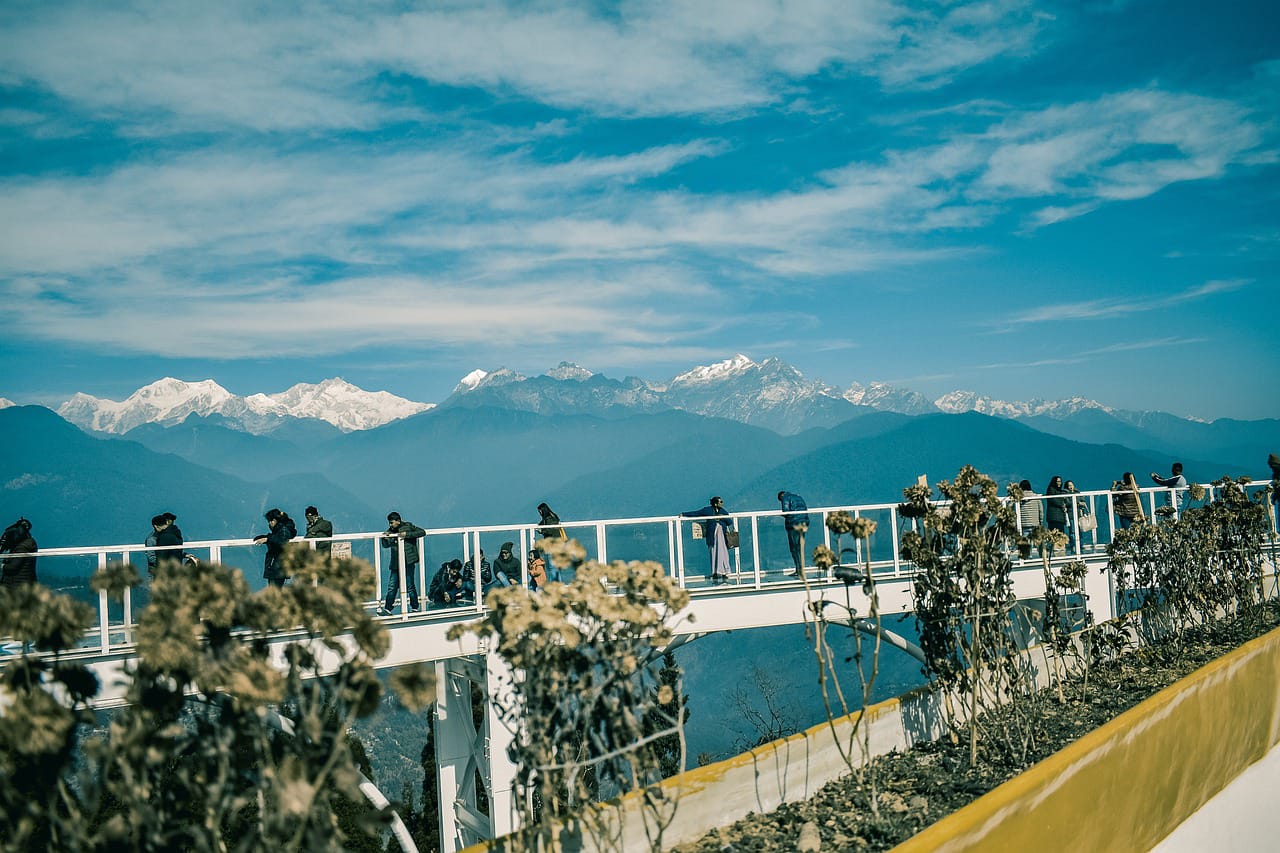The Dooars (also spelled as Duars) is a region located in the foothills of the eastern Himalayas in Northeast India. It spans across parts of the states of West Bengal and Assam. The name “Dooars” is derived from the word “Duar,” which means door or gateway in several languages spoken in the region, including Bengali, Assamese, and Tibetan. The best time to visit Dooars is during the winter months (October to February) when the weather is pleasant and ideal for outdoor activities and wildlife safaris. The monsoon season (June to September) brings heavy rainfall, which can make travel and outdoor...
activities challenging.
Read More







